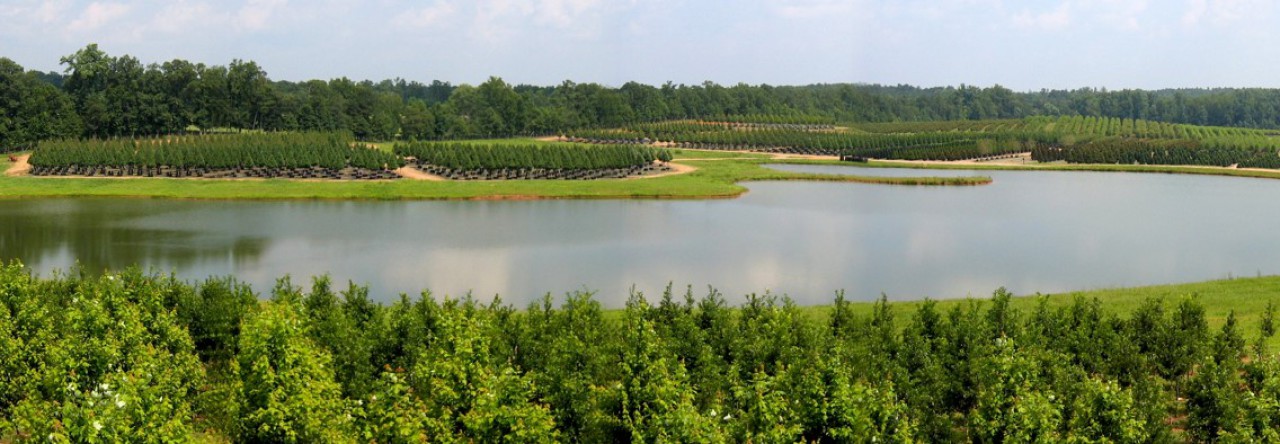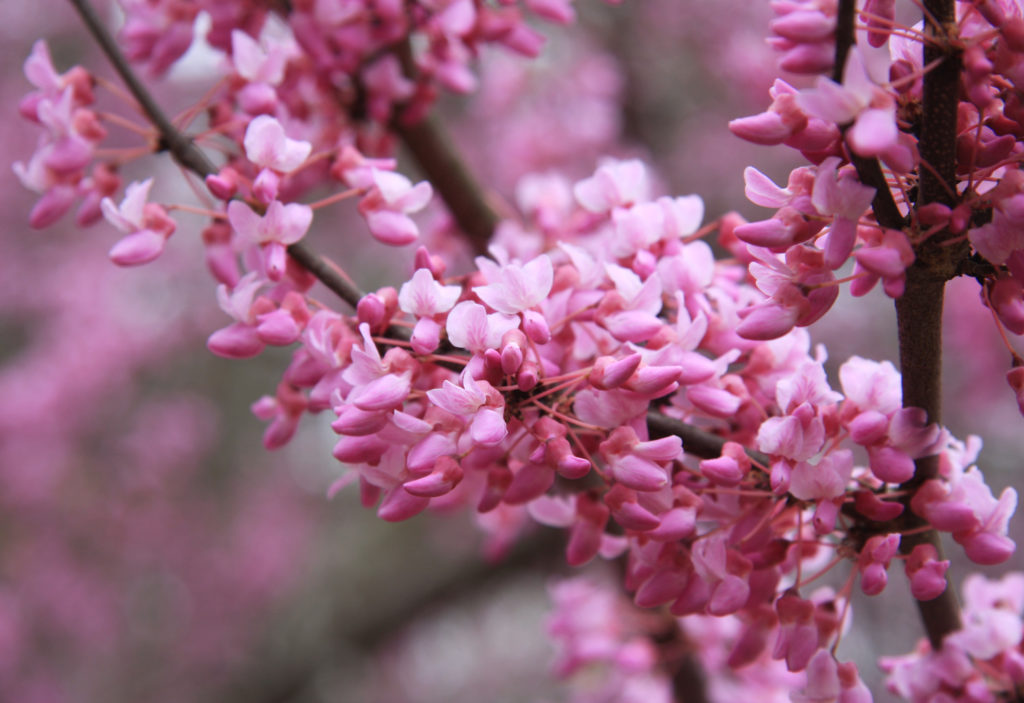Looking for a flowering tree that doesn’t ask for too much? The Cercis Canadensis, or the Redbud Tree is your perfect candidate. Easily grown in a range of different climates and geographies, it thrives in an array of different soil types. This makes the Redbud Tree a perfect addition to your garden no matter where you live. Most notably it is a true messenger of the spring season, blooming it’s pink or purplish flowers right at the beginning of blooming season. This hardy tree has a variety of different breeds able to grow in just about any part of North America.
The Cercis Canadensis is a multi-trunked deciduous tree that flowers in early spring during the months of March and April. According to the Missouri Botanical Garden, it grows typically between twenty and thirty feet tall, spreading 20-30 feet out, sometimes even more! The Redbud Tree is most notably known for its pea-like rose, pink, and purple flowers that bud off of bare branches and trunks. Its flowers bud in clusters in as low as four and as high as ten flowers. Once its flowers fall, its foliage blooms into blue-green leaves that turn a pale-yellow in the fall season.
Although the Cercis Canadensis is nature’s “yes man,” the flowering tree still has its preferences. For example, although it enjoys ample moisture, the Redbud Tree grows best in medium-moisture, drained soils. While it does not fare well in wetland soils – think the Florida Everglades – the tree is still found naturally throughout Florida and the southern United States. Because it is also an understory tree, the Redbud Tree fares well in part-shade areas. However, an ample amount of sunlight of at least six hours allows it to grow with even more vitality reports Boston.com. Keep this in mind when you are planting your tree.
The “Forest Pansy” breed of the Cercis Canadensis is known for its delicate purple flowering and foliage. During the fall, its leaves turn into a variety of reds, purples, and oranges, creating a magnificent display of color during the beautiful North American fall. The Cercis Canadensis “Oklahoma” variety is slightly different. It doesn’t grow as tall nor as wide as the other varieties, and is more commonly grown as a shrub for the tree’s compactness. The Oklahoma Redbud’s leaves and flowers are darker and closer to a rosy magenta and red-wine color.
Whichever variety you decide to go with, the Cercis Canadensis should be a wonderful addition to any garden or yard throughout the United States.
If you liked this post and would like to read more on tree varieties, check out our twitter @SEGrowers. If you’re interested in purchasing some of our trees, check out our main site. Thanks for reading !

